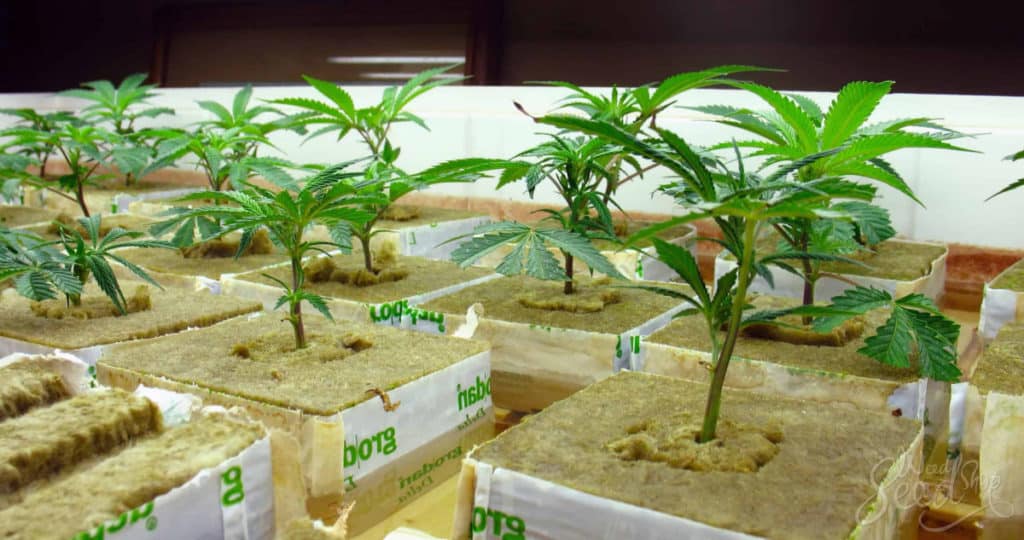
Ever thought about hydroponic systems for cannabis and ditching the soil in your next indoor grow? Soilless growing, AKA hydroponics, is a more advanced concept since it’s all about using a different kind of growing medium: water.
Growing with water instead of soil has a lot of advantages, which is why many things are grown hydroponically these days – tomatoes, lettuce, cucumbers, and of course, grade-A bud. Some of the best weed of our time is cultivated with hydroponic systems, so why not give it a shot?
Whether you’re new to hydronic growing or you want to take your soilless grow op to the next level, this guide to hydroponic systems can help you to harvest potent bud and high yields.
Would you like an ACMPR medical license to grow up to 500 plants at home?
To hydroponic or not to hydroponic? That is the question that haunts gardeners when they hear about hydroponics vs. soil. I know because I was once one of them. The thought of growing hydroponically seemed so much more appealing than dealing with all the work it takes in soil, but what would happen if I gave up my favorite medium and switched to hydroponics? When you picture hydroponically grown plants, big lush green leaves come to mind, but was hydroponics all that hydroponics fans claimed it to be?
What is hydroponics?
Hydroponics is a method of growing plants without using soil to grow colossal cannabis buds with hydroponics! Hydroponic systems are often used in commercial agriculture, and ACMPR licensed grow-ops because they offer increased control over plant growth. You can put any plant into an aeroponic system, and it will thrive.
What is Hydroponics? You know what hydroponic growing is, but how does hydroponics work? The definition of hydroponics is pretty simple. It’s a method of growing plants using only water and nutrients. This is in contrast to soil-based growing, where the gardener adds compost or manure to provide their plants with nutrition. Although hydroponic systems vary depending on who you ask, they all share these three components:
- A hydroponic system’s solids are removed during each nutrient change- If your system has solid waste like plant root balls, coco coir bricks, pebbles, etc., it will need to be flushed out with water to prevent the buildup of solids.
- A hydroponic system uses a medium to hold the plant’s roots in place- Hydroponics systems can use various materials as hydroponic mediums that will keep your plants’ root balls together. Popular hydroponic mediums include Rockwool, clay pebbles or aggregate, expanded clay pellets, and coco coir bricks.
- A hydroponics system has a reservoir filled with a nutrient solution- In hydroponics, you don’t add extra nutrients from compost or manure to nourish your marijuana plants. The water coming from your pumps contains all the nutrients needed for hydroponically grown plants to grow. Although hydroponics is a method that most growers use to increase their control over their plants, hydroponics isn’t just bonbon growing plants in water. Hydroponics is a hydroculture system, meaning hydroponics is mainly concerned with how plants obtain nutrients.
Where did hydroponics come from?
The first hydroponic system was invented in 18th century Germany by a man named John Jacob Rittmeyer. His hydroponics invention was called the “nutrient film technique,” or NFT for short. Around this time, hydroponics was being used to grow to produce en masse at higher yields than soil-grown plants.
The hydroponic technology that came after NFT is the deep water culture (DWC) hydroponic system. DWC hydroponics is still popular today because of its simple design and ability to grow massive cannabis plants with little space required! The first person to ever use hydroponics to grow big fat marijuana plants was Louis Armstrong! He grew his herb hydroponically on tour buses during the 1940s. We can all agree Louis was what we now call a hydroponics connoisseur!
What are the advantages of growing weed hydroponically?
The hydroponic growing method is a great way to avoid many problems that can plague hydroponics, such as disease and pests. This hydroponics system uses a three-part hydroponic nutrient solution made up of nitrogen, potassium, and phosphorus. It also contains a wetting agent for even water distribution over the medium without causing damage to the roots.
The pH level will be tested daily with an electronic meter, while EC levels are checked weekly by attaching electrodes to the plant stem.
Growers who choose hydroponics for cannabis growing may not have experience in soil. Still, they also won’t have to worry about climate changes or PH fluctuations throwing off their plants, and hydroponics growers get more control over nutrient intake.
Modern hydroponic systems make it easy for hydroponics enthusiasts to start growing their cannabis hydroponically for small-scale and commercial purposes. Many hydroponic systems are available for indoor and outdoor use, including the ebb and flow hydroponics system, aeroponics garden, and water culture hydroponic systems. Most people interested in hydroponics start by learning the basics of how to grow marijuana with hydroponics.
A few examples of nutrient deficiencies include:
- Nitrogen deficiency (too much blue).
- Phosphorus deficiency (leaves curl upward).
- Iron deficiency (leaves turn pale green).
Affected leaves may die off after time. Another hydroponic system that will hydroponic gardeners grow cannabis is the drip hydroponics system.
Ensure that your hydroponics plants receive enough light.
- Moving their location.
- Increasing the intensity of your lighting.
- Adding another lamp above them.
A hydroponic garden typically uses less water than traditional soil-based gardens because all nutrients are contained within the water reservoir.
Hydroponics systems are perfect for people with little space available or those who don’t have a yard to use for their plantings.
There is an increasing amount of hydroponic growing setups today, including home hydroponics kits ranging from small to large-scale growing equipment, indoor hydroponics kits, hydroponic equipment for the hydroponic growers, and hydroponic nutrients. This is why hydroponically grown cannabis tends to be more potent than those produced using traditional methods. Hydroponic growing offers maximum control over environmental factors such as temperature and humidity, and hydroponic growers can reduce light exposure to a minimum, which is beneficial for the plant itself.
Many hydroponics systems allow more oxygen into plants, which results in faster growth and better yields.
Hydroponically grown marijuana tends to have denser foliage and better-developed root systems than those produced using traditional methods. There aren’t restrictions on water usage in hydroponic growing as long as your system is equipped with a drainage or overflow tray that will make sure you never over-water your cannabis hydroponically.
In hydroponics growing, your plants take up what they need from their surroundings, and that’s it – no nutrient buildup, diseases, or algae! Cultivating hydroponic marijuana doesn’t have to end once the grower determines the green buds are ready. In hydro gardening, you supply water and water-absorbing nutrients, which feed your cannabis hydroponically, so it gets all its required elements. It contains a network of tiny tubes which pump water and nutrients from a reservoir tank to hydroponics plants.
What Is The Difference Between Soil And Coco Coir?
If you ask hydroponic gardeners why hydroponics works better than soil, most of them will tell you it’s because plant roots can absorb more nutrients from nutrients solutions than they can from compost or manure-based soil mixes. This means that hydrophilic cannabis, which means marijuana that loves water, can eat hydroponics up!
Although hydroponic fans will say hydrophilic cannabis grows faster, hydrophilic weed is not necessarily healthier marijuana. It’s more likely hydrophobic marijuana increasing in hydroculture setups. Marijuana that prefers soil tends to grow faster in soil because the nutrients are better utilized by the root systems in earthier mediums- meaning your hydroponic weed is bad weed since they’re eating worse than most people who have moved on from their grandparent’s potting mix. This doesn’t mean hydroponic growers aren’t growing some of the most delicate herbs you can find!
What is the choice of hydroponic systems for ACMPR growers?
Aeroponics is the most popular hydroponic system with ACMPR growers because it produces monster cannabis plants quickly and efficiently… much more so than hydroponics or DWC hydroponics alone ever could! Another popular hydroponic technique is drip irrigation hydroponics. The advantages of this type of hydroponic system are its simplicity and low maintenance costs. This method uses drippers to drip water directly onto root-bound plants at regular intervals throughout the day.
What’s the advantage of hydroponics over the soil?
Today, hydroponics is becoming one of the most popular ways to grow outside of soil because they enable people to grow great hydroponic buds anywhere they choose. The advantage of hydroponics over the soil is that hydroponics offers increased control over nutrient delivery to your plants. In hydroponic systems, you can feed your herb more nutrients as it grows, giving the plant exactly what it needs each step of the way! This allows hydroponic growers to produce superior yields and better-tasting hydroponic cannabis than soil or coco coir gardeners could ever hope for!
An important lesson learned from growing hydroponically: it’s never to underestimate the power of hydroponics! They allow you to grow much bigger hydroponic cannabis than even soil-grown marijuana can push out. So, if you want substantial hydroponic colas, hydroponics is the way to go!
Does hydroponic weed taste better?
When it comes to hydroponics vs. soil, hydroponics is indeed faster because hydroponic systems deliver nutrients directly to the roots rather than having them diffuse through a medium where they become oxidized by other elements in that medium or die off completely. But hydrophobic cannabis is not necessarily healthier- hydrophobes have slightly different chemical makeup, which may impact your smoking experience. Soil-grown bud can provide an earthier smoke, while hydro grown pot will give a cleaner, more psychoactive high since the smoke is less polluted with minerals and other matter from hydroculture systems.
Hydro vs. Soil Plant Growth As previously stated, there isn’t one hydroponics system better than another. The most significant difference between hydroponics and soil growing systems is the type of hydroponics systems available for hydrophilic or hydrophobic marijuana plants. We’ll get into more detail about which hydroponic system to use when in a future post, but in the meantime, you’re going to have to take a gamble on what type of plant your crop will be. You should already know if you’ve started seeds since seedlings prefer a different medium from cuttings.
Different types of hydroponic systems deliver nutrients differently. They can provide nutrients to the roots via hydroponic substrates such as Rockwool, coco coir, or other hydrophilic mediums; by diverting reservoir water to drip emitters mounted above your hydroponic system and other systems that provide a more steady flow of nutrient-rich hydroponics solution through net pots and emitters.
If you’re a seasoned grower, there are always challenges that will come up that force you to get creative with your growing techniques.
What are the pros and cons of hydroponics?
Before investing in a new hydroponic system, it’s really important that you weigh the pros and cons. Like we mentioned already, this is a more advanced type of indoor growing, so it’s not for everyone.
Advantages of Hydroponics
The first advantage of hydroponic growing is the potential for higher yields. Most hydro growers brag about the massive buds they harvest, and they usually have a right to brag.
The main explanation for higher yields with growing plants in a water solution is easier access to nutrients. We’ll get into the details on this later, but the plant roots are able to drink up nutes more effectively in the nutrient-rich water than in soil.
The second major advantage of installing a hydroponic system is faster growth. Hydro plants usually grow 30-50% faster than plants in soil pots. Again, the main reason for that is the easier access to the nutrient solution.
What are the disadvantages of hydroponics?
If growing weed on an extreme budget is your MO, hydroponic growing might not be the right choice for you. Setting up a hydro grow op isn’t cheap, especially if you go for high-quality equipment for hundreds of plants.
Another disadvantage of going hydroponic is that your plants won’t get any natural nutrients from the soil, because there isn’t any. Quality soil contains a lot of key microbes, so you’ll have to replace these with artificial nutrients.
The last con is that hydroponic systems for cannabis are more advanced and the plants/overall system needs more supervision. If you’re dedicated to your grow op and have harvested weed before, no worries. But most first-timers start with soil growing and then move on to hydro once they’re comfortable.
How does hydroponics work?
You may wonder how do hydroponics work. The word hydroponics literally translates to “working water”, which should give you a pretty good idea of how this system operates. Water is constantly working and moving in a hydroponic grow op, delivering oxygen and nutrients to the plant root systems.
What many people don’t realize is that soil isn’t actually a crucial element to growing. The soil just serves as a medium for delivering food and water. In hydro, plants can get their food and water much easier since the roots don’t have to use energy to pull what they need from the soil.
Cannabis plants still perform photosynthesis the same way with hydroponic growing. The only real difference is the way they get the food, water, and oxygen to perform photosynthesis.
The specific way your hydroponic system will work depends on the method you use. There are 4 main ones to choose from:
- Ebb and Flow
- Drip System
- Deep Water Culture
- Aeroponics
Ebb and Flow (Flood and Drain) Hydroponic Systems
The hydroponics system most used in home grow setups is called ebb and flow hydroponics; it requires trays filled with an aggregate material (I usually use lava rocks) that holds my plants’ roots in a place they soak up water and nutrients. This system is also known as a flood-and-drain hydroponics setup—basically, water rests in tray reservoirs until it’s pumped out into the growing medium.
Ebb and flow (AKA flood and drain) hydroponic systems work by flooding the grow area with nutrient-rich water at timed intervals. After the water floods and plants get their nutes, it then drains back out into a reservoir that contains a pump set up on a timer.
Unlike other setups, the roots aren’t always submerged in an E&F/F&D grow op. The water literally ebbs and flows in this hydro grow system.
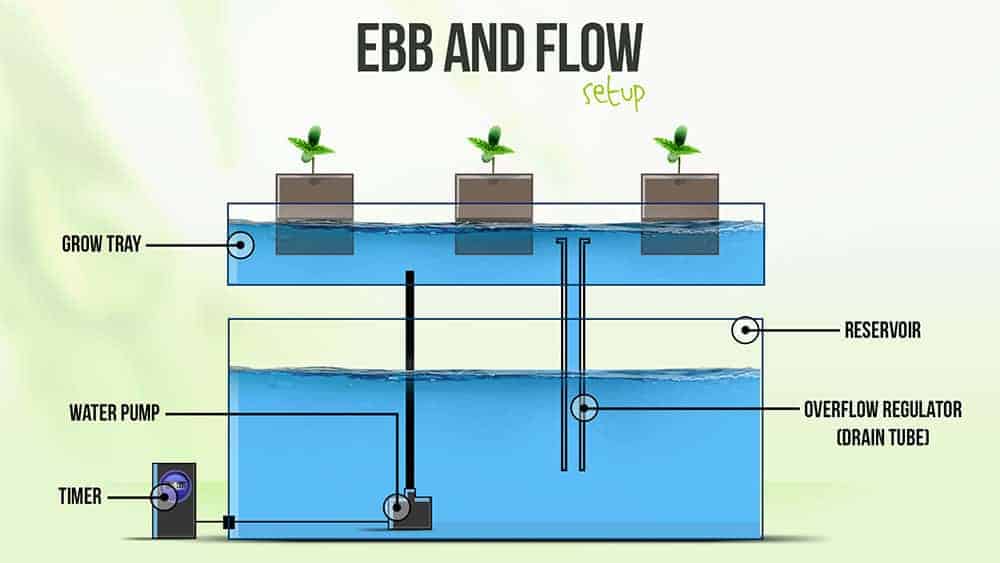
Advantages of an Ebb and Flow System
One of the biggest advantages of an ebb and flow system is that it allows for periodic feeding. Since the roots aren’t always submerged in water, growers have easier access to plant root systems when there’s no water in the plant tray.
It’s a go-to option for beginners since set up is fairly straightforward. There are just four basic components of an ebb and flow system: the reservoir with nutrients, a flood tray, a submersible water pump, and a timer. That’s it.
Ebb and Flow Hydroponics Set Up
To set up an E&B hydroponic system, you’ll first need to gather up your supplies. If this is your first time, try to keep things simple – you can always get more advanced and add in more components after your first go-around with it.
There are a lot of different ways to set up an ebb and flow grow room, but for a basic setup, you’ll need:
1. Tray Table
For your plant table, a large shallow container is best. This is where you’ll place your plants and where water will be pumped in from a reservoir below.
Botanicare Grow Tray
Perfect Grow Tray
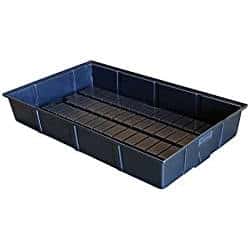
2. Growing Medium
You’ve got a few options for growing media, but rockwool works really well for ebb and flow and you can begin your grow with rockwool “starter blocks”. These are great for clones and seeds, then as your plants develop you simply insert these starter blocks into the hole of a larger block. Another option is loose “grow” rocks, which are small clay pebbles.
Growing Media
Easy Starter
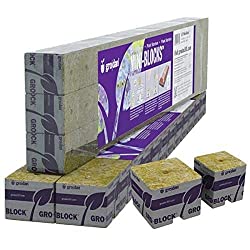
pH Neutral Pebbles
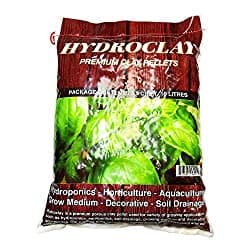
3. Water Tank Set-Up
For your water tank, you can use a large plastic bin from Home Depot. You’ll also need a high-quality submersible pump to move water in and out of the tank, fill/drain fittings, and some tubing for the water to move through as it makes its way from the tank reservoir to the tray table.
Water Tank Components
Reliable Pump
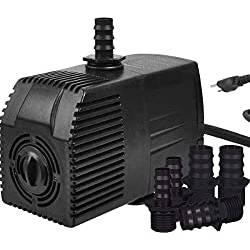
Convenient Fitting
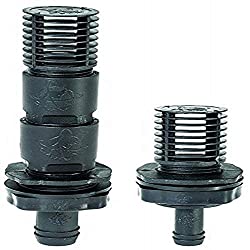
No Crimp Tubing
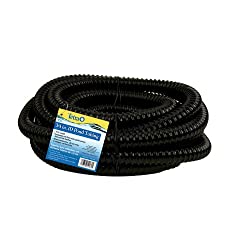
The last piece of the puzzle for setting up the water tank is a pump timer. Choose one that’s super reliable and has good reviews, and invest in a backup if you can. It’s also a good idea to get an air stone to keep water moving while plants are being fed.
UKOKE Pump Timer
Super Reliable Timer
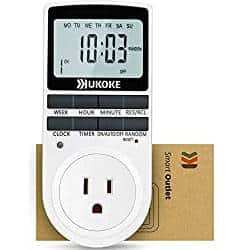
Drip System Hydroponics
A drip hydroponic system works in a similar way to drip irrigation used for soil growing. A large tray table is filled with the growing medium of your choosing (clay pebbles work great) and the plants are placed directly in the medium.
Each plant is set up with its own drip pipe, where water will continuously be fed through at a slow pace from an external water tank that has a pump and air stone to keep things moving. As the water drips through the plants, all excess runoff will drip down from the medium into a wastewater tank.
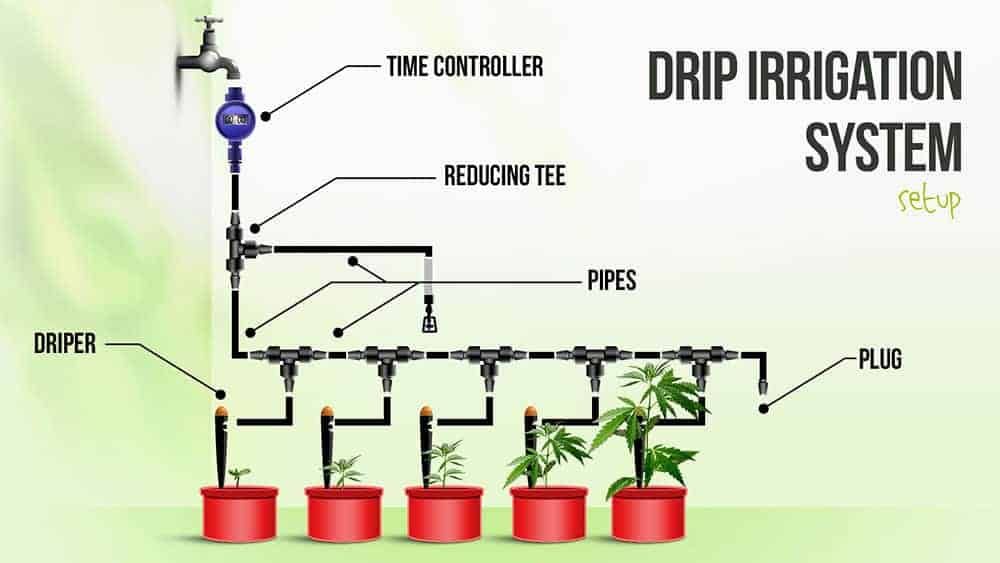
Advantages of a Drip System for Cannabis
A lot of growers consider drip systems the best hydro option. It’s not necessarily the best for beginners since setting it up takes some work, but it’s really popular among commercial growers since it supports larger plants.
Get started on your medical grow license today!
Step 1: Enter your email to book your ACMPR license appointment today
- Compassionate Practitioners Required
- Help with Approvals
- Low Cost Renewals
- No Stress Appointments
How to Build a Hydroponic Drip System
Although the setup is different, you’ll need all the same parts and pieces for a drip system as you would for an ebb and flow. These are the main steps if you want to grow hydroponically using a drip system:
- Set up tray table, growing media, plants, and water tank with pump.
- Make sure that the runoff is set up to go into a separate waste tank instead of draining back into the main tank.
- Add drip lines to the pump and plants. For optimal growth, you want at least 15% runoff (if 1-liter water gets dripped in, 0.15L should come out the bottom).
The best way to set this all up is to use a garden irrigation kit, which will usually come with everything you need except for maybe the tray table and grow medium.
Podoy Drip Irrigation Kit
Complete System
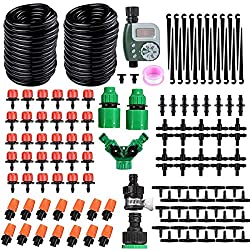
Deep Water Culture
Like ebb and flow, installing a deep water culture hydroponics system is a great starting point for beginners. It’s a low-maintenance system that’s relatively easy to set up, plus it’s usually the cheapest way to get a hydroponic system up and running.
In a DWC system, plants are permanently suspended in a water tank. To make sure the plants get enough oxygen, the water is aerated, usually just with a simple air stone connected to an external air pump.
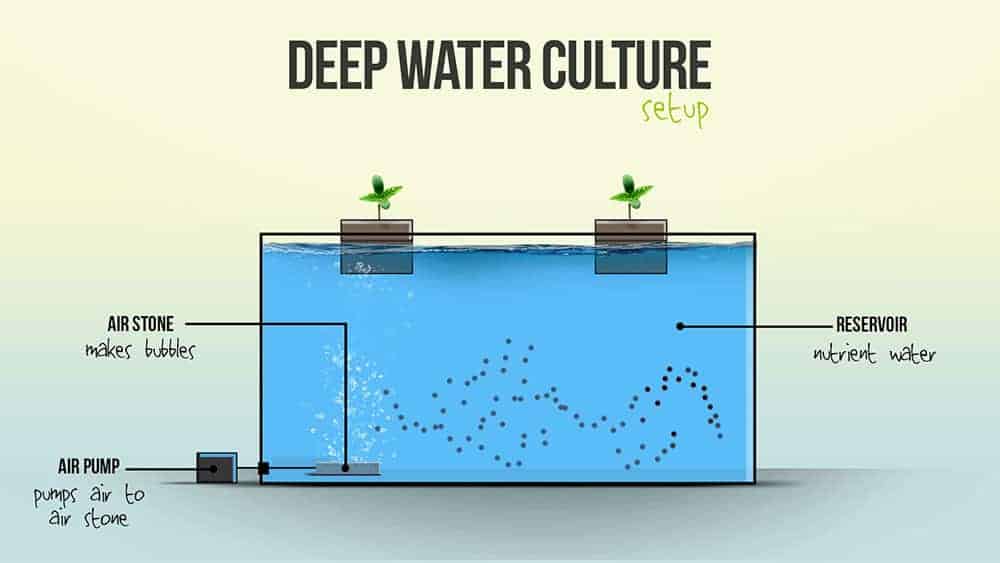
How to Use a Deep Water Culture Hydroponics Kit
Setting this up is easy, especially if you buy a DWC hydroponics system kit. These kits usually come with everything you need, including the buckets, the medium, drain fillings, air stones, tubing, hoses, and air pump.
To use a hydroponics kit, just follow the instruction for setup. That’s the other cool part about buying a kit instead of all the pieces individually; you’re given a detailed instruction manual on how to set it up.
Best Deep Water Culture Hydroponics Kit
Out of all the deep water culture kits for growing cannabis, the best is the 4 Bucket System by Grow Buckets. It comes with literally everything you need to get started, including four 5-gallon buckets filled with clay pebbles.
DWC 4 Bucket Deep Water Grow Kit
Top Deep Water Kit
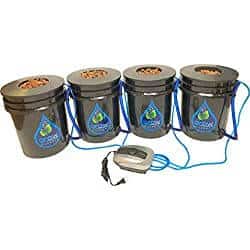
Aeroponics
Aeroponic hydroponic growing is less common, so we’ll keep this brief. With aeroponics, the plants don’t sit in a water solution at all. Instead, they hang suspended in the air with the roots completely exposed.
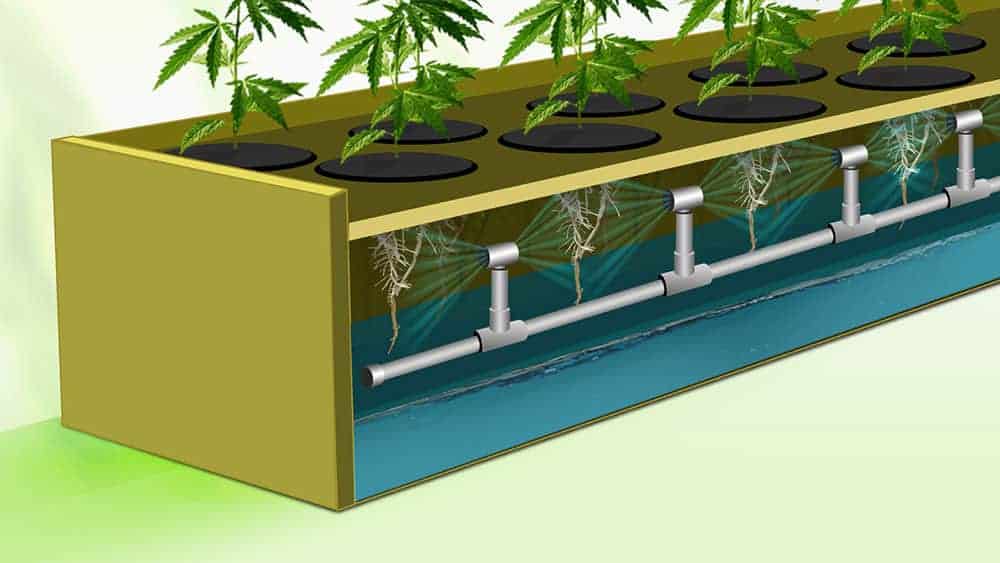
How Does Aeroponics Work?
Similar to other general hydroponics systems, aeroponic setups use a large water tank, but the roots aren’t actually submerged in the water. The water is filled only to about 25%, and the roots hang over the surface.
Beneath the water tank, there’s a pump that mists nutrient rich water up into the roots. The mist is fine and constantly going.
Plants are placed into the top of a large tank of water filling the bottom 25%. Under the water is a pump that sends water into misters underneath the root systems. This fine mist constantly sprays the roots, giving plants massive quantities of air and water simultaneously.
This is considered a futuristic way of growing hydroponic plants – definitely not a beginner-friendly method.
Best Nutrients for Hydroponic Cannabis
Choosing the right nutrients for hydroponic cannabis is a major part of a successful hydro grow op. First thing’s first, always make sure to choose nutes that are meant specifically for hydro, like the General Hydroponics Calimagic & Flora Gro Micro & Bloom Combo.
General Hydroponics Nutrient Bottle Combo
Popular Hydro Nutrients
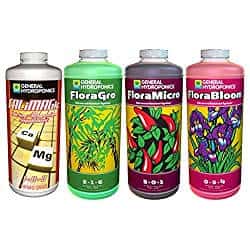
Some nutrients are meant only for soil growing, and mixing these up can turn your crop into a flop. This is because plants draw specific nutrients from the soil, things like boron, manganese, and zinc. For this reason, most hydro nutrients contain more micronutrients than found in soil-based nutes.
Compared to nutrients for soil growing, here are a few more things to look for when you choose a nutrient solution for healthy hydroponic plants:
- Higher levels of nitrogen – N is abundant in soil, but not so much in the water.
- Lower levels of phosphorus – P tends to be more available in hydroponic setups than in soil.
- No organic sources of nutrients – Hydro plants aren’t able to break down organic microorganisms, so there’s more of a risk of “bad” stuff growing when nutes contain organic stuff.
- More often made with chelated minerals – These are easier for hydroponic plant roots to absorb.
Caring for Hydroponic Weed Plants
Caring for your hydroponic plants takes work and a lot of attention to detail. By detail, we mean things like pH, nutrient levels, and regular tank cleanings. Below are a few of the most common questions about caring for plants in a hydroponic grow system.
What should my pH be for hydroponics?
If you think you know all about pH from your last soil grow op, think again. The pH levels in a hydro system should be lower than when you use soil as your growing medium.
You can usually get away with a pH anywhere between 6 and 7 for plants growing in soil, but for hydro, aim to keep the water pH between 5.5 and 6.5 (6 would be ideal).
To stay on top of pH, which needs to be checked every single day, you’ll definitely want to use a digital pH pen. Our favourite is the Bluelab BLU2300E Combo meter, which is easy to use and reads both pH and PPM.
Top pH and PPM Meters Comparison Table
Our #1 Choice
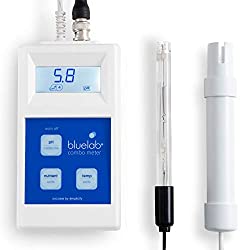
Accurate Combo Meter
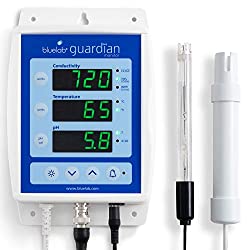
Reliable Digital Meter
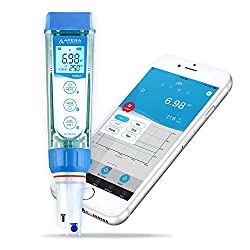
How often do I change my res water?
Some people say that changing out the reservoir water, AKA res water, should be done every 2 weeks. We feel that it should be done more often than; this to prevent germs and to promote healthy growth.
You can change out the water every 5 days, but always be sure to check the pH and PPM of the reservoir every single day.
How do I keep my garden in control?
Hydroponic plants grow big and they grow fast, so it’s really easy for a garden to get out of control quickly. Just like with soil-based systems, there are a few things you can do to keep the plants in control, like:
- Use trellis netting (make sure it has 6″x6″ holes) to spread plant branches.
EACHON Trellis Netting
Perfect Netting
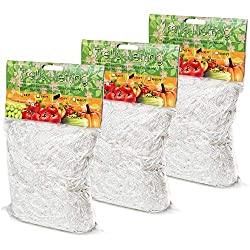
- Trim off lower leaves with quality shears and only leave the top 12″ to 18″ of plant foliage, depending on light strength.
Fiskars Easy Action Micro-Tip Shears
Quality Shears
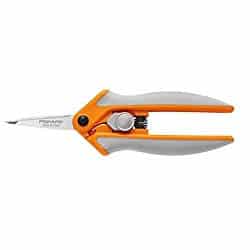
- Remember, cleanliness is key. Use bleach to clean your res tank every time you refill it and always remove dead leaves, dirt, and other debris.
Conclusion
Whether you start out simple with a deep water culture setup or use a good old ebb and flow, hydroponic growing has some huge advantages, like fast-growing plants and big buds.
Want to grow hydroponically? Reach out to our Facebook group for more info on running the best hydroponic op possible.

Reader Interactions